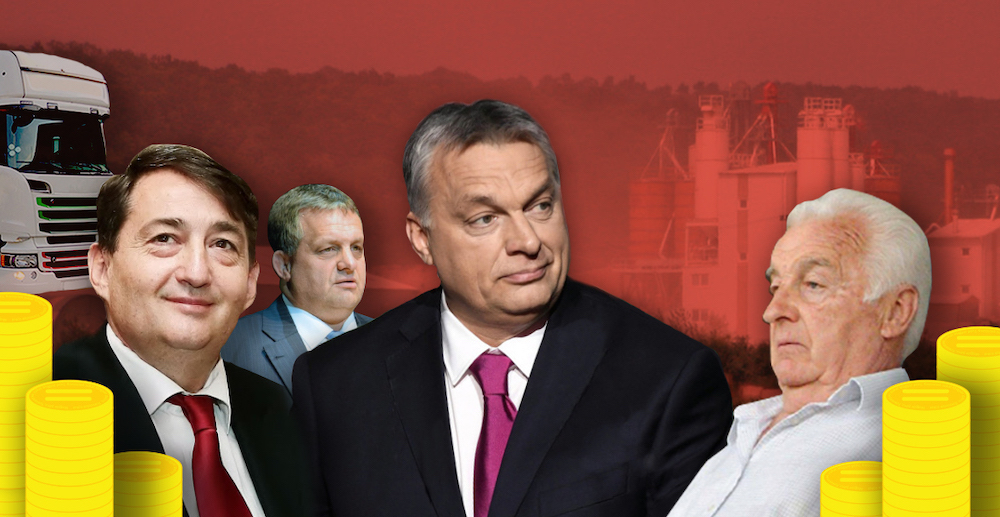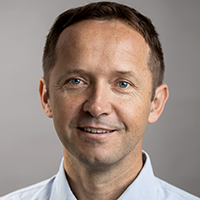
The Orbán family with Hungarian Prime Minister Viktor Orbán at center, from an animated video by Hungarian investigative news outlet Direkt36
András Pethő, a 2020 Nieman Fellow, tells a complex story on corruption within the administration of Hungarian Prime Minister Viktor Orbán to a general audience.
I knew we were in trouble when even I could not remember details from our own story. How could I expect our audience to understand it?
In my defense, I am talking about an investigation that has dragged on for years and expanded into multiple lines of inquiry.
After receiving tips that their construction companies were secretly participating in projects financed by state agencies, my colleague Blanka Zöldi and I started to look into the businesses of Hungarian Prime Minister Viktor Orbán’s family in 2016. In May 2017, we published our first story. It showed that the PM’s father and brother received public money from various construction projects. This despite a previous agreement between the Prime Minister and his father that the family’s companies would not work on state-financed projects while Orbán was in office.
We continued our investigation and found more projects in which family firms participated. We revealed that the companies had ties to some of the most powerful oligarchs in Hungary. We reported how the family’s flagship company has become the most profitable business in the whole industry. And we also confronted both Viktor Orbán and his father and asked them what happened to their old agreement. (Spoiler alert: They did not give straight answers.)
We have published more than 20 stories over the years, and while we always tried to provide contextual information, this became increasingly difficult as the project got more and more complex. Then we turned to a tool I became interested in during my Nieman year.
I was very happy when I got into a popular Harvard course called Documentary Animation. Unfortunately, I soon realized that a lack of drawing skills is a formidable obstacle in this area. Still, I continued attending classes and did all the homework (I will always be grateful to my fellow students — about two decades younger than me — for not laughing at the presentation of my assignments). I did not give up because, even if I myself would not be able to produce such materials, at least I would be better able to work with professionals should the opportunity come.
The video about the Orbán family’s businesses was a chance to put my newfound skills to practice. Blanka and I spent several weeks with graphic artist Artúr Andrási and built the video step by step. He made a storyboard based on the script we wrote, and then we moved on to creating the separate scenes. It was a painstaking process but, thanks to the Harvard course, I knew that patience was necessary for animation.
The six-minute piece was published in early May, and it has quickly become our most popular video ever. It has been viewed more than 100,000 times on YouTube and Facebook, with most viewers watching the entire video. (The video embedded here is the subtitled version, which has far fewer views.)
It was a lot of work, but it was worth it. And now we don’t have to try to explain the whole project every time we publish a new piece. We can just embed this animated video.


